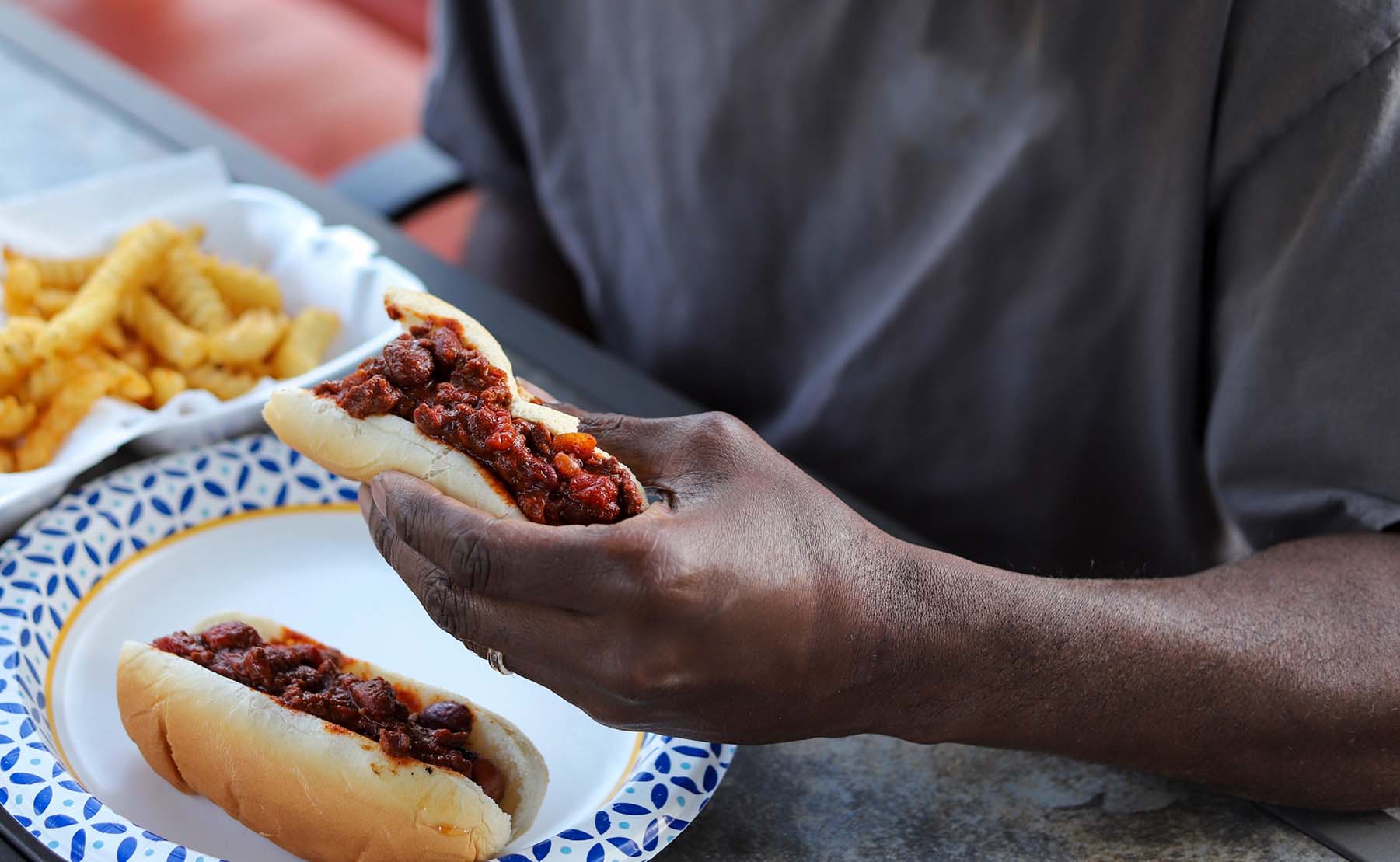South Africans, and millions of people in many other countries hit hard by cost-of-living crises, are eating more and more ultra-processed food, with studies in South Africa showing “that foods are selected because they are cheap, filling, and tasty, but not necessarily nutritious”, says a new South African paper looking at South Africans’ ultra-processed food consumption for the first time, finding an almost 40% average share of average daily energy intake.
The paper, published in the international journal Public Health Nutrition in January 2024, was based on a study led by the University of the Western Cape’s Dr Tamryn Frank, and had two aims: to describe what share of the diet of low-income adults living in South Africa was made up of ultra-processed food, and to assess the adequacy of their diets overall. The more-than 2,500 study participants were living in three low-income areas: Langa and Khayelitsha in the Western Cape, and Mount Frere in the Eastern Cape.
The percentage of total energy intake from eating UPFs was 39% among women and 37% among men, with a larger UPF share of dietary intake among younger adults (40%) and a lower share (22%) among 40-50 year-olds. While most participants were eating enough in terms of energy (7762kj/day), a very small proportion of them met the World Health Organization’s guidelines of 400g per day of fruit and vegetables (7%) and 25g per day of naturally occurring fibre (18%).
Dietary diversity
Only a quarter of the women met the criteria for “dietary diversity”, the study found, which means that although on a macronutrient level (carbohydrate, protein, and fat) people may appear to be eating enough (“food-secure”) or even too much in terms of energy, their diets are lacking in micronutrients because they are not nutritionally diverse. This is one of the contributing factors to the presence of “malnutrition” even in individuals with obesity.
In addition, South Africa is in the midst of a “nutrition transition”: as income levels rise (at least on a national level), people aspire to eat more “Western” diets, encouraged by the arrival of multinational food corporations. And compounding that problem, South Africa’s apartheid legacy means that the “built environments” in which many people live – townships on the outskirts of cities – make it difficult for shoppers to choose healthy foods, because they are less available, poorer quality, and more expensive than ultra-processed foods. (This point was highlighted and widely explored at the recent Food Indaba 2024 held in Cape Town in late July.)
Healthy choices
While previous studies in South Africa have pointed to more shelf space in supermarkets being allocated to unhealthy foods than healthy foods (76% to ultra-processed foods), “leaving little room for consumers to make healthy food choices” Frank and colleagues say, their new study “highlights the need for the South African government to implement better strategies to protect South Africans against the proliferation of ultra-processed foods, and more importantly to protect low-income South Africans who are most vulnerable to the economic shocks of poor health outcomes from undue influence towards ultra-processed food consumption.”
Their recommendation is that measures similar to the Health Promotion Levy (a tax on sugary beverages which has been found to be effective in South Africa) could be considered for products that carry a front-of-pack warning label (proposed legislation for warning labels is still pending). The revenues raised (which would be in the billions per year, if the “sugar tax” is anything to go by) could be used to subsidise the price of healthier food choices, they propose. DM





